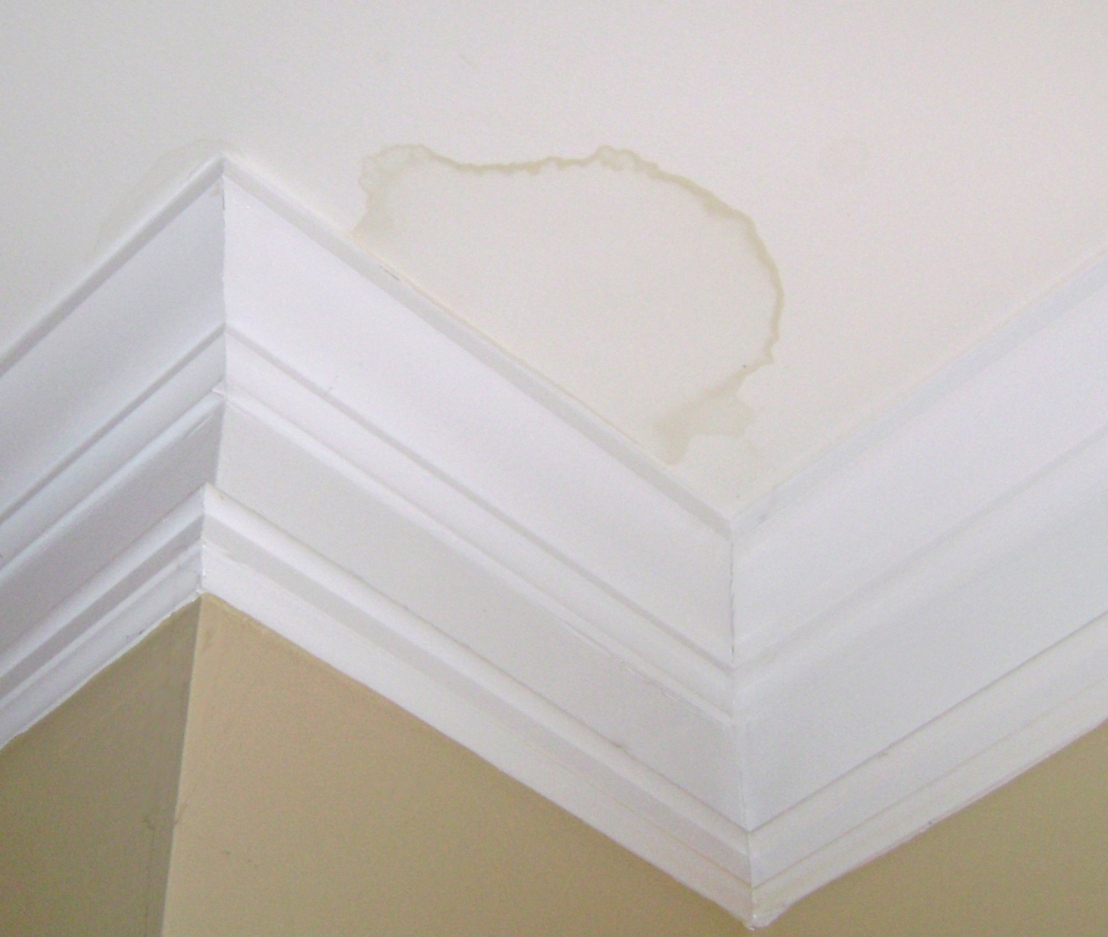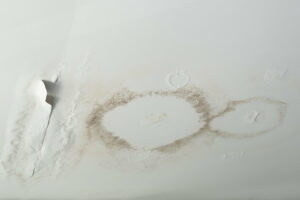Guide on Managing Water Stains on Walls: Inspection and Solutions
Guide on Managing Water Stains on Walls: Inspection and Solutions
Blog Article
Every person may have their private theory involving Water Stains on Walls.

Water stains on wall surfaces are not positive to the eyes. In some cases it appears virtually inevitable to experience water discolorations on walls in houses.
Home owners living in moist regions regularly deal with the worry of water stains on wall surfaces. But that doesn't need to be the case for you. With all-around and also accurate info on the sources of water stains as well as punctual repair work procedures, you will certainly always be a step ahead of such events. This article promises to be a practical overview for you.
3 Typical Sources Of Water Spots on Wall Surfaces
Unlike common belief, water discolorations on wall surfaces do not constantly stem from inadequate structure products. There are numerous causes of water stains on walls. These include:
Poor Drainage
This will certainly stop water from seeping into the wall surfaces. This links to excessive dampness that you discover on the walls of your building.
The leading cause of damp wall surfaces, in this situation, can be a bad drain system. It can also be due to inadequate monitoring of sewer pipes that run through the building.
Wet
When warm damp air meets with dry cool air, it creates water droplets to form on the wall surfaces of structures. This happens in bathroom and kitchens when there is steam from cooking or showers. The water droplets can discolor the surrounding walls in these parts of your house and spread to various other areas.
Wet or condensation impacts the roof and also wall surfaces of buildings. This creates them to appear darker than other locations of the house. When the wall is wet, it produces a suitable setting for the development of fungi as well as microbes. These might have unfavorable impacts on health, such as allergic reactions and breathing problems.
Pipeline Leaks
Many residences have a network of water pipes within the wall surfaces. This guarantees that the pipelines are well away from the reach of harmful rodents. It always raises the practicality of such pipelines, as there is little oxygen within the walls. This inhibits rust.
A disadvantage to this is that water leakage impacts the wall surfaces of the building as well as creates widespread damage. A dead giveaway of damaged pipes is the appearance of a water tarnish on the wall.
Water Stains on Wall Surface: Fixing Tips
When dealing with water spots, home owners would generally want a fast solution. They would soon recognize this is disadvantageous as the water discolorations persist. Right here are a couple of practical pointers that will certainly guide you in the repair of water stains on walls:
Pro Pointer
A houseplant in your house additionally boosts its humidity. If the home is already humid, you may desire to present houseplants with very little transpiration. An example of suitable houseplants is succulents.
Conclusion
No one desires to have water spots on walls in their home, it can take place to the ideal of us. This post provides you leverage, as you currently understand exactly how to handle this problem if it does take place.
It is always best to recruit expert services to assist fix the problems in your home.
Occasionally it seems virtually unavoidable to experience water spots on walls in residences.
Contrary to popular idea, water spots on walls do not constantly stem from bad structure products. There are several reasons of water spots on walls. The water beads can discolor the bordering wall surfaces in these parts of your residence as well as spread to various other locations.
Here are a couple of useful pointers that will certainly guide you in the fixing of water spots on wall surfaces:
CHECKING FOR WATER DAMAGE
Water damage can be costly, and it may begin before you even notice the first signs of trouble. Water damage can cause mold and mildew in your walls and floors, which can create an abundance of health concerns for your family. It can also lead to costly repairs of various appliances and general home fixtures. To avoid the pricey consequences of water damage, here are Warner Service s top 5 places you should check:
The walls The easiest place to spot the beginnings of water damage is on the walls and ceilings of your home. If water damage is present, there will most likely be water stains, especially around the windows and doorframes, and/or cracks in the drywall. If a stain looks unusual (discolored to brown, black or gray, raised texture), has a swollen appearance or is soft to the touch, contact a professional immediately. The pipes To avoid water damage, consistently check the pipes in your kitchen (especially the dishwasher and ice maker), bathrooms, laundry room (specifically washing machines) and basement for corrosion, leaks and water stains. Pay special attention to where the pipes connect in your home and the location of caulking around the bathroom fixtures, including toilets, sinks, showers and tubs. Missing or loose caulking and grout could be signs of leaking water. This seepage can also quickly cause mold and rust, so double check your water heater and tank for wet spots on the floor. The floor Water damage is very easy to spot on the floor. Look for any warping or buckling of the material, especially in the basement. If your home has wood flooring, look for bright white or dark stains. If your home has carpeting, keep it dry and clean. A damp carpet that smells of mold could cause water damage and health problems. To avoid this, consider installing floor pans under your appliances to help prevent damages from small, slow and undetected leaks. The basement and attic If your basement or attic smells odd check for mold and mildew around the area, especially the valley where the roof meets. While you are inspecting those areas, check for wall cracks, floor stains, rust and dampness in the insulation. If you live in a colder and/or rainier climate, perform routine checks for water damage from melting snow or ice and rain. The exterior Check the roof for damaged flashing and missing, cracked or curled shingles. There should also be no standing water anywhere outside your home. This could be caused by puddles, leaky rain gutters or hoses, poor drainage, or short gutter spouts. Invest in a sump pump system or water flow monitoring system, and perform routine maintenance on these outdoor appliances to avoid indoor water damage.

I'm very enthusiastic about Water Stains on Walls and I'm hoping you appreciated the new blog post. Sharing is caring. One never knows, you may just be doing someone a favor. Thank you for going through it.
Additional Resources Report this page